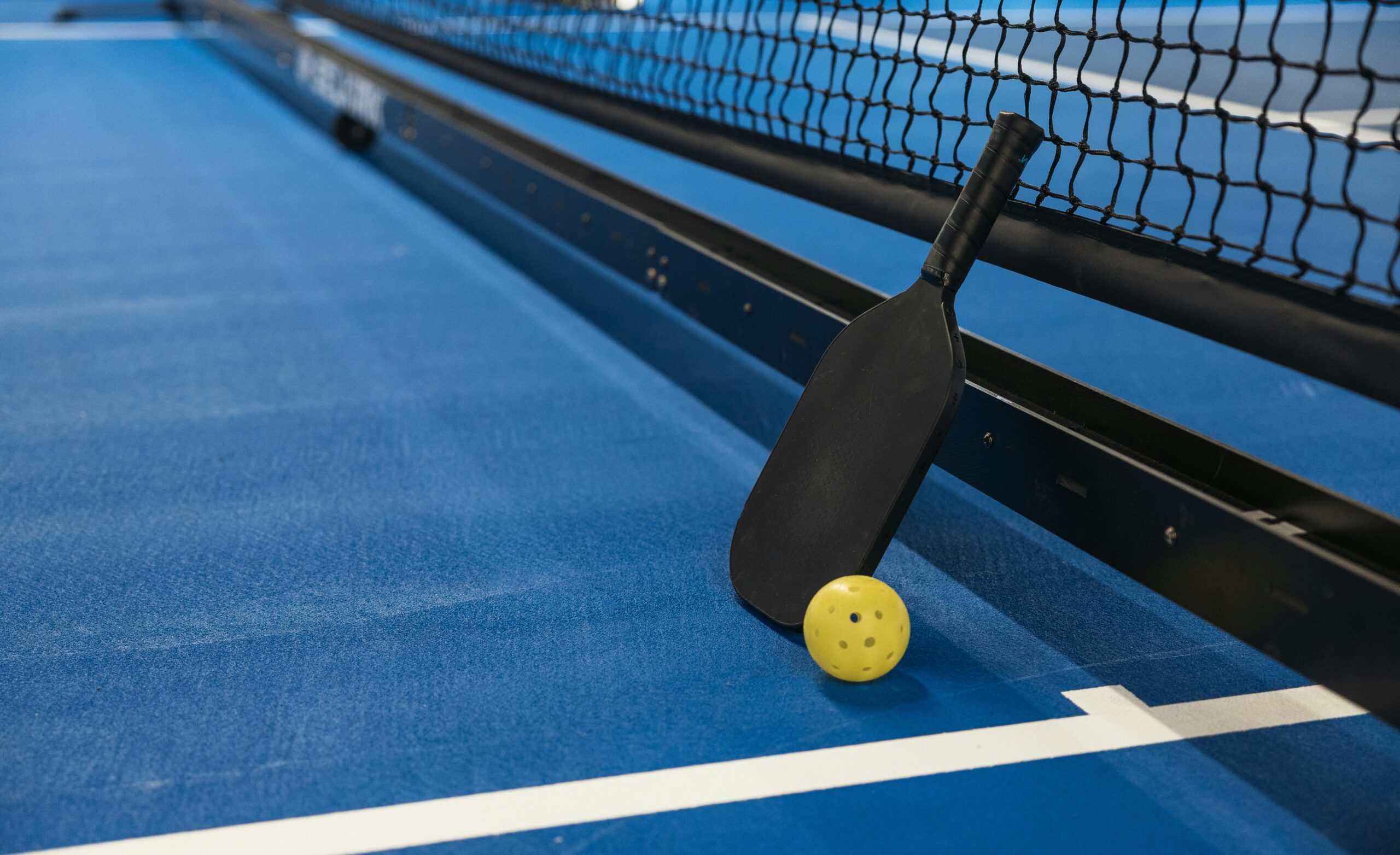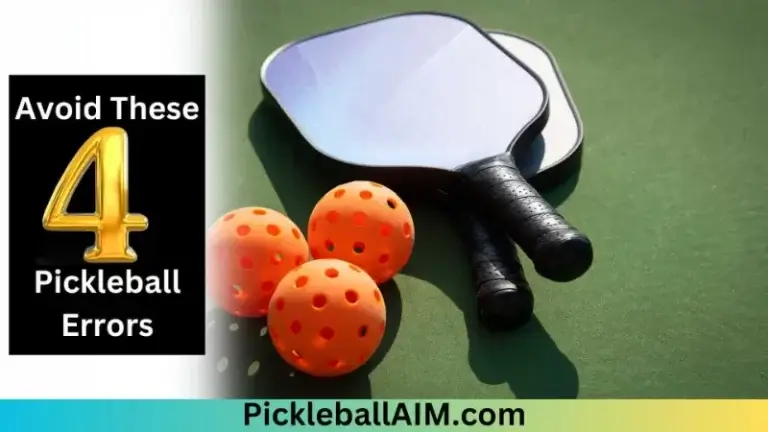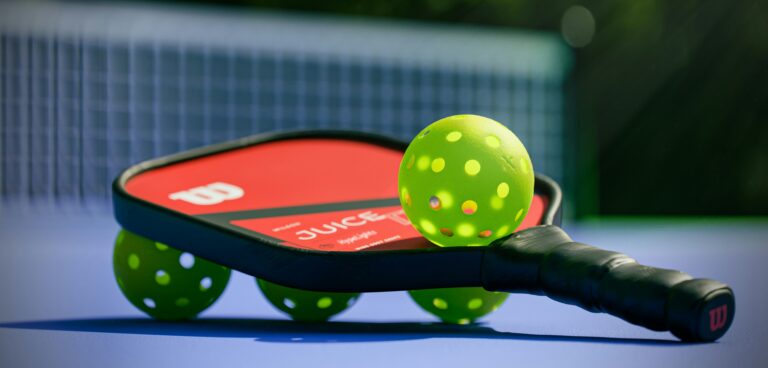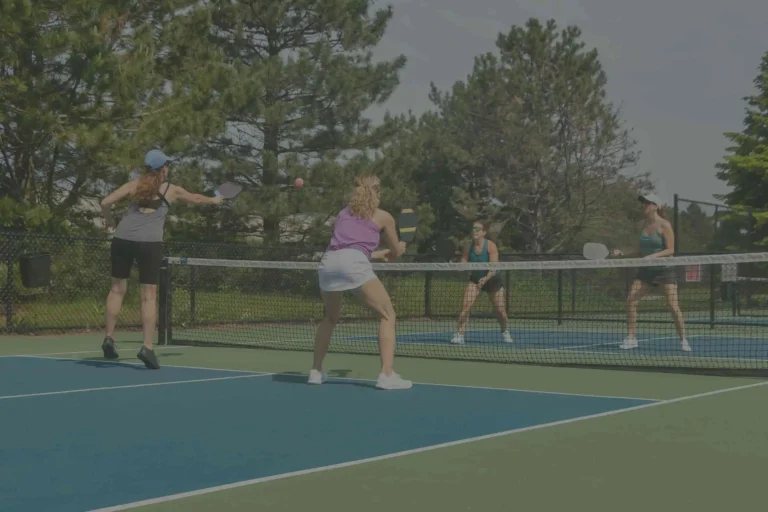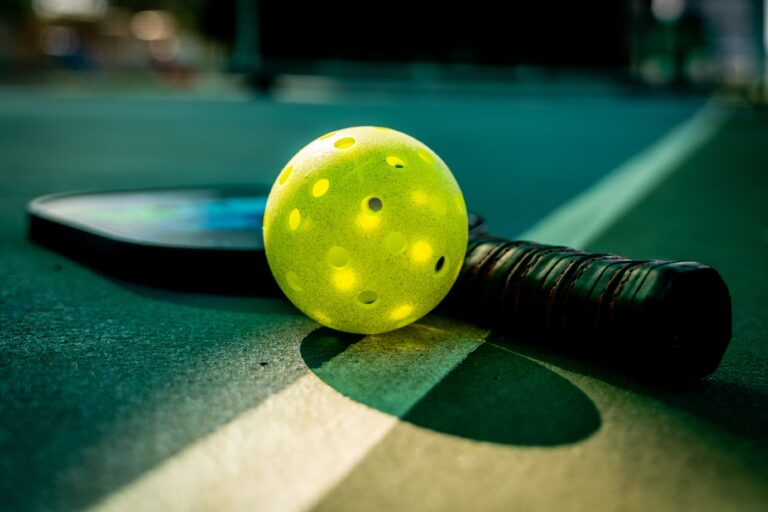Mastering the Dink: How to Dominate the Pickleball Kitchen Like a Pro
How to Dink Like a Pro
- Perfect Your Stance: Stay on the balls of your feet with knees slightly bent. This ready position allows for quick movements and better balance.
- Paddle Grip and Control: Use a continental grip for better paddle control. Keep your movements smooth and your wrist firm to guide the ball precisely over the net.
- Shot Placement: Aim for your opponent’s feet to make it difficult for them to return a low shot. Practice hitting to different areas within the kitchen to keep your opponents guessing.
- Pace and Tempo: Control the pace of the game with your dinks. A slower shot can disrupt an opponent’s rhythm, while a slightly faster dink can catch them off guard.
- Consistency is Key: Repetition breeds mastery. The more you practice dinking, the more consistent and confident you’ll become in executing this shot during play.
Training Drills for Dinking Dominance
- Wall Drills: Find a wall and practice your dinking. Aim for a consistent height and distance to get a feel for the shot.
- Partner Drills: Practice with a partner, focusing on dink rallies. Aim to sustain long rallies to build endurance and control.
- Target Practice: Set up targets in the kitchen area and practice hitting them with your dinks. This will improve your accuracy and shot placement.
Integrating Dinks into Your Game Plan
- Opening Shots: Start the point with a dink to set a controlled pace and keep your opponents from attacking early.
- Mid-Game Strategy: Use the dink to recover from defensive positions, resetting the point and shifting back to offense.
- Closing the Deal: After a series of dinks, be ready to capitalize on high returns with a decisive put-away shot.
Advanced Dinking Techniques
- The Disguised Dink: Use a motion similar to a power shot to disguise your dink, catching your opponent off guard.
- The Spin Dink: Add sidespin or backspin to your dinks to make the ball more challenging to return accurately.
- The Fake: Pretend to dink but at the last moment switch to a lob or a different shot to throw off your opponent’s anticipation.
The Mental Game
Dinking requires not just physical skill but also mental toughness. You must be patient, waiting for the right moment to transition from dinking to a more aggressive play. Cultivate a calm, focused mindset that can withstand the slow, tactical nature of the dinking game.
Avoiding Common Dinking Mistakes
- Overhitting: Keep your dinks gentle. Overpowering the shot turns it into a volley, which is exactly what you’re trying to avoid.
- Predictability: Vary your dinks in terms of placement and spin to keep your opponent guessing.
- Positioning: Don’t get caught too far back from the kitchen line, which could give your opponent the angle they need to hit a winner.
Owning the Kitchen
Mastering the dink is akin to a chess grandmaster controlling the board. It’s about understanding the intric
In the world of competitive sports, there’s a little-known arena where a gentle touch can be as powerful as a strong offense, and it’s called the pickleball kitchen. Here, we’re not talking about culinary prowess, but rather the finesse and strategy required to control the non-volley zone, the 7-foot depth of court just before the net, in a game of pickleball. The dink – a soft, arching shot that lands in the opponent’s kitchen – is a critical skill that can make or break your game. In this blog, we’ll uncover the secrets of a flawless dinking strategy, guiding you to control the kitchen like a pro and maybe, just maybe, to age gracefully into your 90s with the vitality of a pickleball champion.
Setting Up Your Kitchen for Success
To dink like a pro, you need to start with the right setup. Position yourself close to the kitchen line – your toes almost touching it – to give yourself the best chance to hit a successful dink. Your knees should be bent, your weight forward, and your paddle up, preparing you to react swiftly.
The Art of the Dink
The dink isn’t about power; it’s about placement and patience. The goal is to move your opponent off the baseline and draw them into the kitchen, where you can outmaneuver them with soft, precise shots. It’s about making them play your game, on your terms.
Knowing When to Dink
Not every shot should be a dink. Understanding when to use this soft shot is as crucial as executing it correctly. Use the dink when you need to reset the point, when you’re out of position, or when your opponent is too comfortable smashing from the baseline. It’s a strategic pause, a way to shift the momentum of the game back into your control.
Dinking Drills to Drill
Like any skill worth mastering, the perfect dink comes down to practice. Try drills that focus on control and consistency, like the ‘Dink Diagonals’, where players only hit diagonal shots into the kitchen, or ‘Dink Around the World’, moving around the kitchen hitting forehand and backhand dinks. The more you practice, the more instinctive your dinking will become.
The Mental Dink Game
Dinking is as much a mental game as it is physical. It requires composure and the ability to anticipate your opponent’s moves. Cultivate a mental toughness that keeps you cool under pressure, and always think one shot ahead. A successful dinker isn’t just reacting; they’re orchestrating the flow of the game.
Dinking with a Partner
Dinking isn’t a solo act; it’s a dance between you and your partner. Good communication is key. Develop a rhythm with your partner, understanding each other’s strengths and covering the court in a harmonious flow. When both players are in sync, controlling the kitchen becomes a much easier task.
Advanced Dinking Strategies
Once you’ve got the basics down, it’s time to add some nuance to your dinking game. Incorporate different types of spin, learn to read your opponent’s body language to anticipate their shots, and practice feints and fake-outs to keep them guessing. The more tools you have at your disposal, the more effective you’ll be at controlling the kitchen.
The Dinking Don’ts
Avoid common dinking pitfalls, such as dinking too high (which sets your opponent up for a slam), being too aggressive (which can lead to unforced errors), or getting too patterned (which makes you predictable). Balancing aggression with caution is the key to dinking success.
The Health Benefits of Dinking
Beyond the strategic advantages, dinking in pickleball offers excellent health benefits. It enhances hand-eye coordination, fine-tunes motor skills, and provides a cardiovascular workout. Additionally, the mental aspect of the game keeps the brain engaged and sharp.
The Dink Dynasty
By mastering the dink, you’re not just winning points; you’re asserting your dominion over the most critical part of the pickleball court. It’s about more than just the shots you make; it’s about the confidence you exude and the pressure you exert on your opponents. Control the kitchen with a skilled dinking strategy, and you control the game. Now, with paddle in hand and a strategic plan in mind, you’re ready to step onto the court and dink your way to victory.

